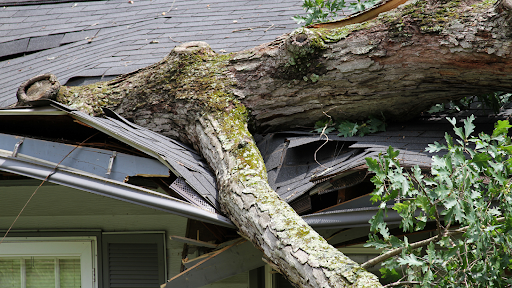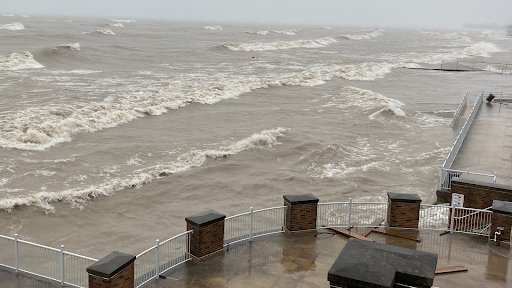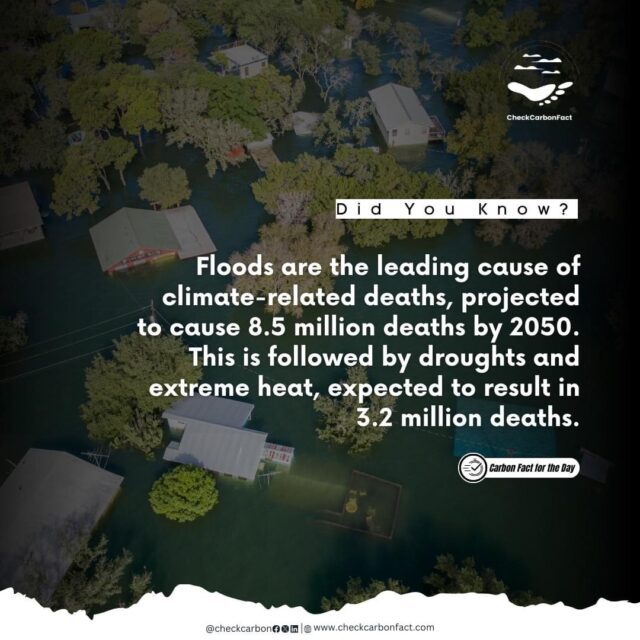
04 Jul Storm in Texas Kills at Least Seven: Deadliest Tornado Since 2015
In a heartbreaking turn of events, a powerful storm, including a deadly tornado, swept through Texas on Saturday night, May 25, 2024, leaving a trail of destruction and claiming the lives of at least seven people. The storm, which struck with little warning, has left communities reeling and emergency services working tirelessly to assess the damage and provide aid to those affected. This deadly storm was part of a series of powerful weather events that ravaged the central and southern U.S. over the Memorial Day holiday weekend, resulting in at least 21 deaths.
The Impact of the Tornado
The tornado brought with it a combination of high winds, torrential rain, and, in some areas, hail. This deadly mix led to widespread devastation, including uprooted trees, damaged homes, and power outages affecting thousands of residents. The worst-hit areas reported severe flooding, which compounded the challenges faced by rescue and recovery teams. The tornado produced dozens of damage reports from Texas to Missouri, with more than 20 tornado reports in total. The National Weather Service (NWS) has given it a preliminary rating of EF-2.
The tornado that struck North Texas was the deadliest in the state since 2015, producing catastrophic damage particularly in Cooke County. Seven people died when the tornado tore through a mobile home park, devastating the community. In addition to the deaths in Texas, the storms also claimed lives in Oklahoma, Arkansas, and Kentucky. Two people died in Mayes County, Oklahoma, east of Tulsa, while Arkansas reported widespread damage, including uprooted trees and downed power lines across the northwest edge of the state, resulting in one fatality confirmed by Benton County Judge Barry Moehring.
Among the victims were children, including a 2-year-old and a 5-year-old, highlighting the tragic human cost of the storm. Cooke County Sheriff Ray Sappington confirmed at least seven deaths and noted that this number could rise as search and rescue efforts continue. Over 100 people were injured, many of whom sought shelter at an AP Travel Stop and Shell station along Interstate 35, where the tornado struck along the Denton-Cooke county line. The storm overturned recreational vehicles, shut down the interstate near Dallas, and caused multiple injuries that required transport to hospitals by ambulance and helicopter.
The destructive storms also led to significant power outages across the eastern U.S., with more than 600,000 customers affected on Monday morning. Over 170,000 of these outages were in Kentucky, while twelve states reported at least 10,000 outages each, according to PowerOutage.us. The extensive power outages further complicated rescue and recovery efforts, leaving many residents without essential services during a critical time.

Response and Rescue Efforts
Emergency response teams were mobilized immediately following the storm’s onset. First responders, including police, fire services, and medical teams, have been working around the clock to rescue trapped individuals, provide medical care, and restore order. The National Guard has also been deployed to assist with rescue operations and to help maintain security in the worst-hit areas.
Local authorities have set up emergency shelters for those displaced by the storm, offering a temporary refuge as they begin to piece their lives back together. Volunteers from neighboring communities and humanitarian organizations have come forward to provide support, demonstrating the resilience and solidarity of the Texan spirit.
Forecasters had issued tornado and severe thunderstorm warnings for parts of Texas and Oklahoma, as some heat records were broken during the day in South Texas. Residents received triple-digit temperature warnings over the long holiday weekend, adding another layer of danger to the already severe weather conditions. Excessive heat, especially for May, was a significant concern in South Texas, where the heat index was forecast to approach 120 degrees in some areas.
Governor Greg Abbott issued a disaster proclamation for Denton, Cooke, Montague, and Collin counties. This proclamation will enable state resources to be utilized more effectively in the ongoing rescue and recovery efforts. The coordinated response aims to address the immediate needs of those affected and to begin the process of rebuilding the devastated communities.
There has been an outpouring of support from across the country. Donations of food, clothing, and funds are being collected to aid those in need. Several charitable organizations have launched relief efforts, and crowdfunding campaigns are in place to support the victims and their families. The generosity and compassion shown by individuals and organizations alike provide much-needed hope and assistance to those grappling with the aftermath of the storm.
The Climate Change Connection
The destruction caused by this tornado is part of a broader trend of increasingly severe weather events attributed to climate change. Tornadoes in the U.S. have been particularly deadly this year, with April recording the second-highest number of tornadoes on record. The heightened severity of storms around the world underscores the urgent need for comprehensive climate action to mitigate the impacts of these natural disasters.
The storm in Texas serves as a stark reminder of the power of nature and the fragility of life. Reflecting on this tragedy, it is crucial we recognize the role that climate change plays in increasing the frequency and severity of such extreme weather events. The rising global temperatures and shifting weather patterns are contributing to more intense and unpredictable storms, floods, and heat waves.
As such, in the face of this growing threat of climate change, it is imperative that we take decisive action to combat climate change. This includes reducing greenhouse gas emissions, investing in renewable energy, and enhancing our infrastructure to better withstand extreme weather. Additionally, communities must be better prepared for natural disasters through improved early warning systems, emergency response plans, and public education.
Looking Forward
As Texas begins the long road to recovery, the focus will shift to rebuilding and supporting those affected by this tragic event. Also, the global community should consider these as warnings to step up in its commitment towards climate change mitigation. Individuals also have a role to pay. Let’s collectively dismiss the myths and misconceptions about climate change, which have hindered us from taking the right actions required. Let’s act now to create a sustainable future for our children.
About CheckCarbonFact
CheckCarbonFact is a social accountability platform for promoting sustainability and responsible climate action by citizens, businesses and government. Read more about us here: https://checkcarbonfact.com/about/
Carbon Fact for the Day

[wen_cta id=”2716″]

No Comments